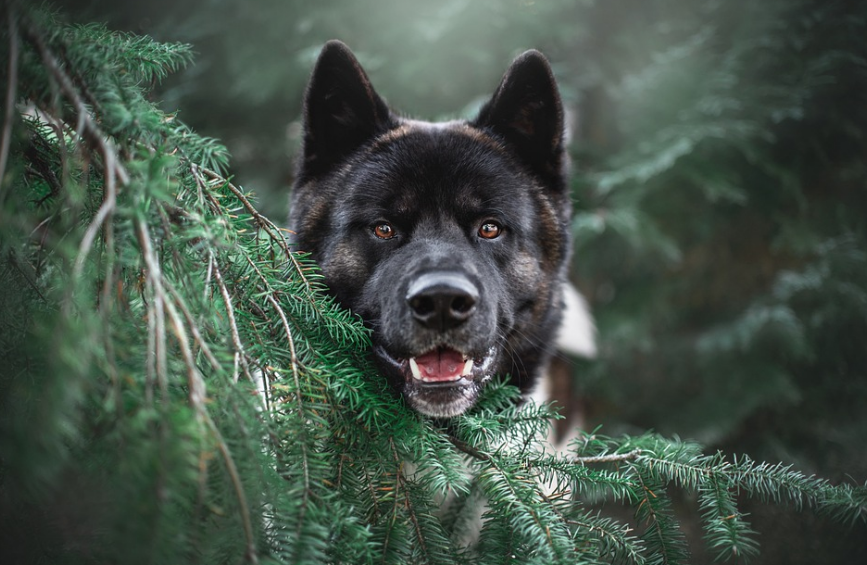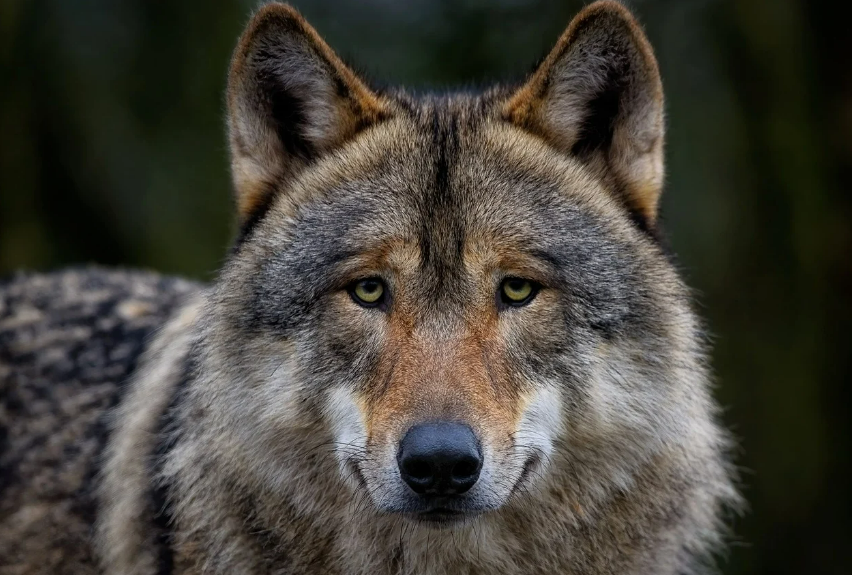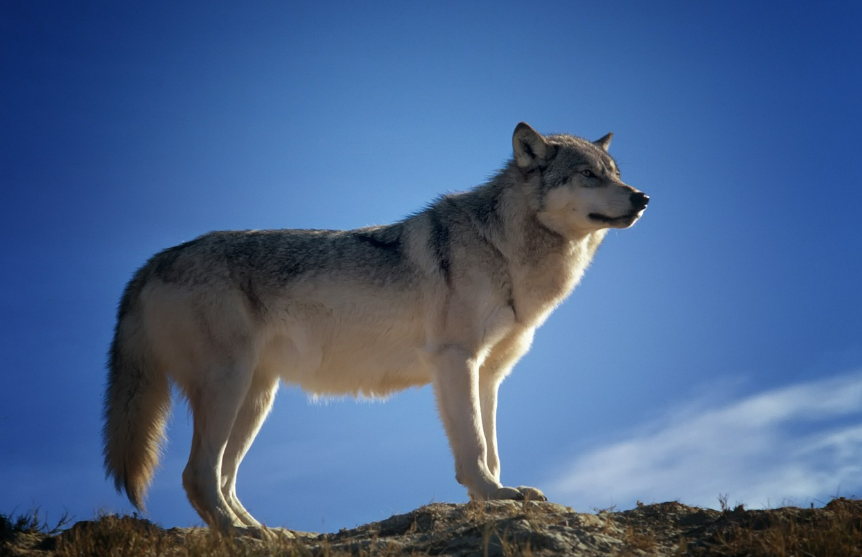Almost all wolf species have the same number of chromosomes as dogs, meaning they can technically interbreed.

Genetic studies have shown that chromosomes are coiled structures containing genetic material DNA. The number of chromosomes in each species is constant. Whether it is plants, animals, or microorganisms, the number of chromosomes in organisms remains almost unchanged within the species, which is an important basis for biological reproduction. However, it is far from enough to rely solely on the number of chromosomes to identify species.

Wolves and dogs both belong to the mammal family Canidae. There are 13 genera and 36 species of Canidae worldwide, including dogs, wolves, jackals, foxes, etc.
At the beginning of this article, it was mentioned that wolves and dogs can interbreed. According to the principles of biology, they can only mate and reproduce to produce offspring within an independent species. Do wolves and dogs belong to the same species?
Dogs and wolves have a common ancestor, and dogs were domesticated from wolves about 15,000 to 40,000 years ago. The genome similarity between dogs and wolves is as high as 99%, which shows that they are very closely related in evolution. Although dogs and wolves are highly similar genetically, there are significant differences in their behavior. Dogs generally show higher sociality and dependence on humans, while wolves have a strong sense of territory and group behavior. Long-term domestication and socialization training have caused significant changes in the behavioral characteristics of dogs, making them more adaptable to human family environments.

So, are dogs a separate species? There are two views now: some biologists believe that dogs are a separate species, mainly based on their unique genetic characteristics and behavioral patterns formed during the long process of domestication; but most scientists and taxonomists still tend to regard dogs as a subspecies of wolves, because their genetic and morphological similarities far outweigh the differences.
So it is now generally accepted that dogs are generally considered a subspecies of wolves biologically, and although they have developed unique characteristics and behavior patterns during evolution, these differences are not enough to make them a separate species.
Molecular biology research has further confirmed the relationship between dogs and wolves. By comparing the genes of dogs and wolves, scientists have found that their genetic differences are not enough to make them two separate species. This further supports the view that dogs are a subspecies of wolves.

What is a subspecies? A subspecies is a group of animals within a species that is geographically isolated, ecologically isolated, or behaviorally isolated. Dogs, as a subspecies of wolves, are highly similar to wolves genetically, but have some differences in appearance and behavior.
There is usually no reproductive isolation between subspecies, which means that if they encounter each other by chance, they can mate and produce fertile offspring. Therefore, wolves and dogs can mate.
Let’s go back to the question of chromosomes. Dogs and wolves both have 39 pairs of chromosomes, a total of 78.
Regarding the study of dog chromosomes and genes, in 2005, researchers from 15 scientific research institutions including the Massachusetts Institute of Technology and Harvard University completed the DNA sequencing of a female boxer dog named "Tasha" and mapped the dog's genome. The researchers analyzed Tasha's 39 pairs of chromosomes in detail, totaling 19,300 genes, containing 2.41 billion DNA base pairs, and listed a catalog of 2.5 million single nucleotide polymorphisms10.

Like humans, dogs have two sex chromosomes, X and Y, with females consisting of two X chromosomes and males consisting of one X and one Y chromosome.
Knowledge about the number of chromosomes in dogs and animals is important to facilitate successful crossbreeding between them. As mentioned earlier, it can serve as the basis for crossbreeding within the same species, which is often done in dogs to produce so-called "purebreds" or "hybrids".
It should be noted that the number of chromosomes alone does not determine whether crossbreeding can be achieved, but also the shape and size of the chromosomes and the presence of lethal genes should be considered, and most importantly, it depends on the high degree of genetic match between them.
animal tags:
We created this article in conjunction with AI technology, then made sure it was fact-checked and edited by a Animals Top editor.